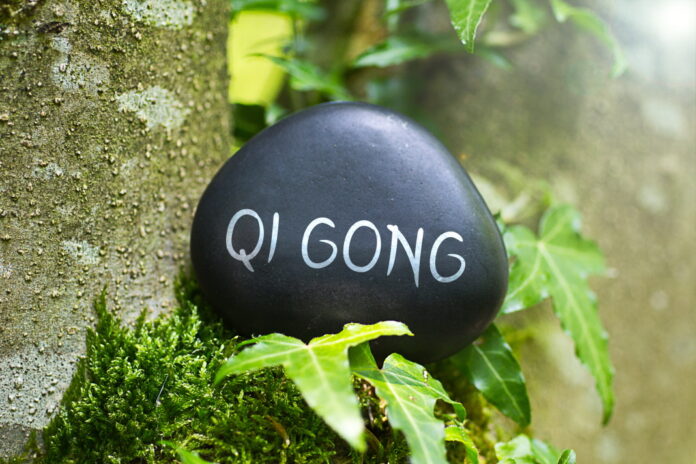
II.Theory That Supports How Qigong Works
By Hey Soon Jeong PD., L.Ac., Jun Yoon, Jeff Millison M.Ac., L.Ac., Academic Dean of VUIM
- Qi Energy
Qi (chi) refers to universal energy circulating through the living body, visible objects, or immaterial aspects such as light, movement, heat, nerve impulses, thought, and emotion. Qi can take a variety of forms while flowing through all aspects of nature. In living organisms, the physical body is the form (yin), and Qi can be described as the formless energy (yang) that sustains the body’s shape and functions. Akin to western science’s concept of energy, Qi is neither created nor destroyed. According to Holden Qigong’s website, Qi can be recognized in Western medicine as bio-electricity measured in the heart. (1) Qi is in a state of continuous flux, transforming endlessly from one aspect of Qi into another. This is how TCM can explain the emotion, thought, action, and physical sensation as manifestations of Qi. The dynamic and harmonious movement of Qi makes up a healthy human being.
Qi is the conceptual foundation of TCM in acupuncture, herbal medicine, and Chinese physical therapy. According to Jahnke, it is considered a ubiquitous resource of nature that sustains human well-being and helps heal disease. It has a fundamental influence on all life and even the orderly function of celestial mechanics and physics laws. (2)(3)
In a macro sense, Qigong not only focuses on the Qi flows within the practitioner but also on mutually supportive Qi cultivation with surrounding nature such as trees, oceans, stars. This mutual connection with the flow of Qi is how Qigong can energize the practitioners.
- Shen, Qi and Jing
To explain physical manifestation of a living being, three concepts of Shen, Qi, and Jing are used in TCM and its modalities, including acupuncture, herbal medicine, massage, dietary practices, and Qigong.
Shen is generally translated as the spirit/mind that forms the active force to maintain form and provide consciousness. Qi is the vital active force that animates the physical body and its vital functions circulated in the body’s channels and collaterals. Jing is the underlying physical essence, a mixture of constitutional/genetic force, or a person’s quality of endurance. It is the vital essence of the reproductive system and has a more substantial quality than Qi or Shen. Shen, Qi, and Jing are united to form the basis and actuality of manifestations and mutually support each other in the functional relationship. (4) Qigong improves the interaction of these three “treasures” and to promote the Qi movement within the physical, emotional, and spiritual realm of an individual. While Shen leads and controls the Qi, Qi directs the Jing. When Jing is gathered, a substance will be formed, leading to physical change, such as growth. (4)
References———————————————————————————————————————–
(1) Holden Qigong.(2020). History of Qigong. Retrieved from https://www.holdenqigong.com/history-of-qigong/
(2) University of Minnesota.(2016). What Is Qi? (and Other Concepts) Retrieved from https://www.takingcharge.csh.umn.edu/explore-healing-practices/traditional-chinese-medicine/what-qi-and-other-concepts
(3) Taoist Sanctuary of San Diego. (2016). Principles of Qi Gong. Retrieved from https://www.taoistsanctuary.org/principles-of, qigong#:~:text=However%2C%20the%20main%20active%20principles predominant%20focus%20of%20the%20activity.
(4) Shen nong.(n.d). Principles of Qi gong Practices. Retrieved September 18, 2020, from http://www.shen-nong.com/eng/lifestyles/chinese_qi_gong_practice.html


































